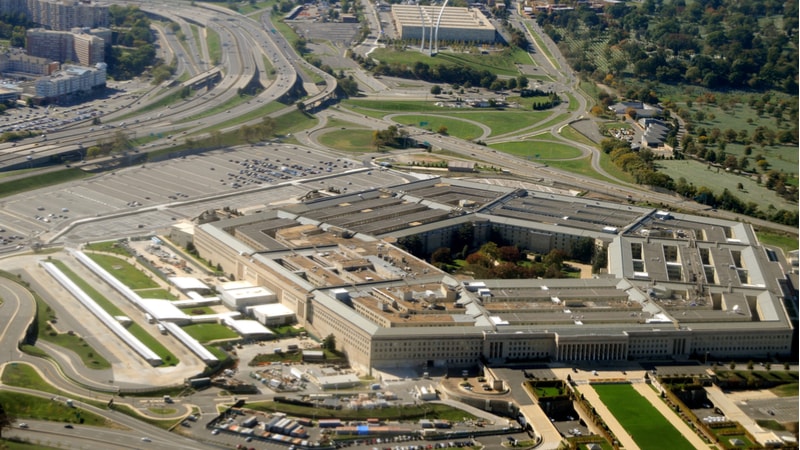
Defense Department (DoD) leaders voiced mixed reactions to lawmakers this week over proposed civilian workforce reductions at the agency, with some officials viewing them as an opportunity to realign the force and others warning they could prove to be restrictive amid emerging mission demands.
The proposed workforce cuts are part of President Trump’s larger effort to reduce the Federal civilian workforce.
Under the administration’s plan, DoD aims to cut its civilian personnel by 5 to 8 percent, a move that could impact as many as 70,000 positions across the department. So far, about 21,000 civilians have exited through the Deferred Resignation Program and early retirements initiated earlier this year, with thousands more departing after a second round of the program was implemented in April.
Among the agencies facing significant reductions is the Defense Information Systems Agency (DISA), which expects to lose nearly 10 percent of its staff, according to Lt. Gen. Paul Stanton, DISA’s director.
DISA’s workforce includes about 20,000 people – more than half are contractors, approximately 6,800 are civilian employees, and roughly 1,200 are active-duty military personnel.
Testifying before the Senate Armed Services Committee on Wednesday, Stanton acknowledged the challenge in cutting the workforce but also pointed to a silver lining, saying the downsizing presents a rare opportunity to restructure the agency to better support its rapidly evolving mission.
“It’s giving us an opportunity to ruthlessly realign and optimize how we are addressing what is an evolving mission,” Stanton said. “Things like the multi-partner environment and initiatives like DoDNet are driving our workforce to perform roles that they hadn’t previously. And so, we are doing a realignment.”
Stanton added that the personnel cuts could ultimately help better align workers with roles for which they are better suited. To fill critical gaps, DISA will seek what he called “surgical rehiring” – targeted efforts to on-board specialists equipped for the agency’s shifting needs.
Among the high-priority hires will be data analysts, data engineers, and data scientists. DISA is also seeking personnel with advanced understanding of large-scale network routing, specifically those capable of configuring routers with cybersecurity at the forefront.
“We need to hire the right people back into the right position,” he said.
That goal, however, is complicated by the DoD’s civilian hiring freeze, which was originally enacted in March and then extended through July 15. Stanton emphasized that despite the workforce reductions, mission success depends on bringing in the right skills at the right time.
Not all military leaders, however, are welcoming the cuts with the same optimism.
In a separate Senate Armed Services Committee hearing on Tuesday, Gen. Chance Saltzman, Chief of Space Operations, expressed concern about a projected 14 percent reduction in the Space Force’s civilian workforce as part of the DoD’s broader reduction effort. This would result in a loss of approximately 780 positions out of the service’s 5,600 civilian staff.
“We understand the desire to reduce the civilian workforce. It’s just having a little bit of an outsized impact on the Space Force,” Saltzman told lawmakers.
Saltzman emphasized that the loss is a significant blow, particularly because the Space Force relies heavily on civilian expertise for acquisition and development of new systems. He also warned that the reductions come at a time when the service is expanding roles and missions, including work on the Golden Dome missile defense initiative.
“The DoD is really looking at what the size of the civilian workforce is, and so if those incentives to reshape the workforce affect the Space Force, I’m not sure exactly where we’re going to end up, what our final size is going to be,” Saltzman said. “As soon as I understand what that size is, then we will redistribute, and reallocate this force.”
